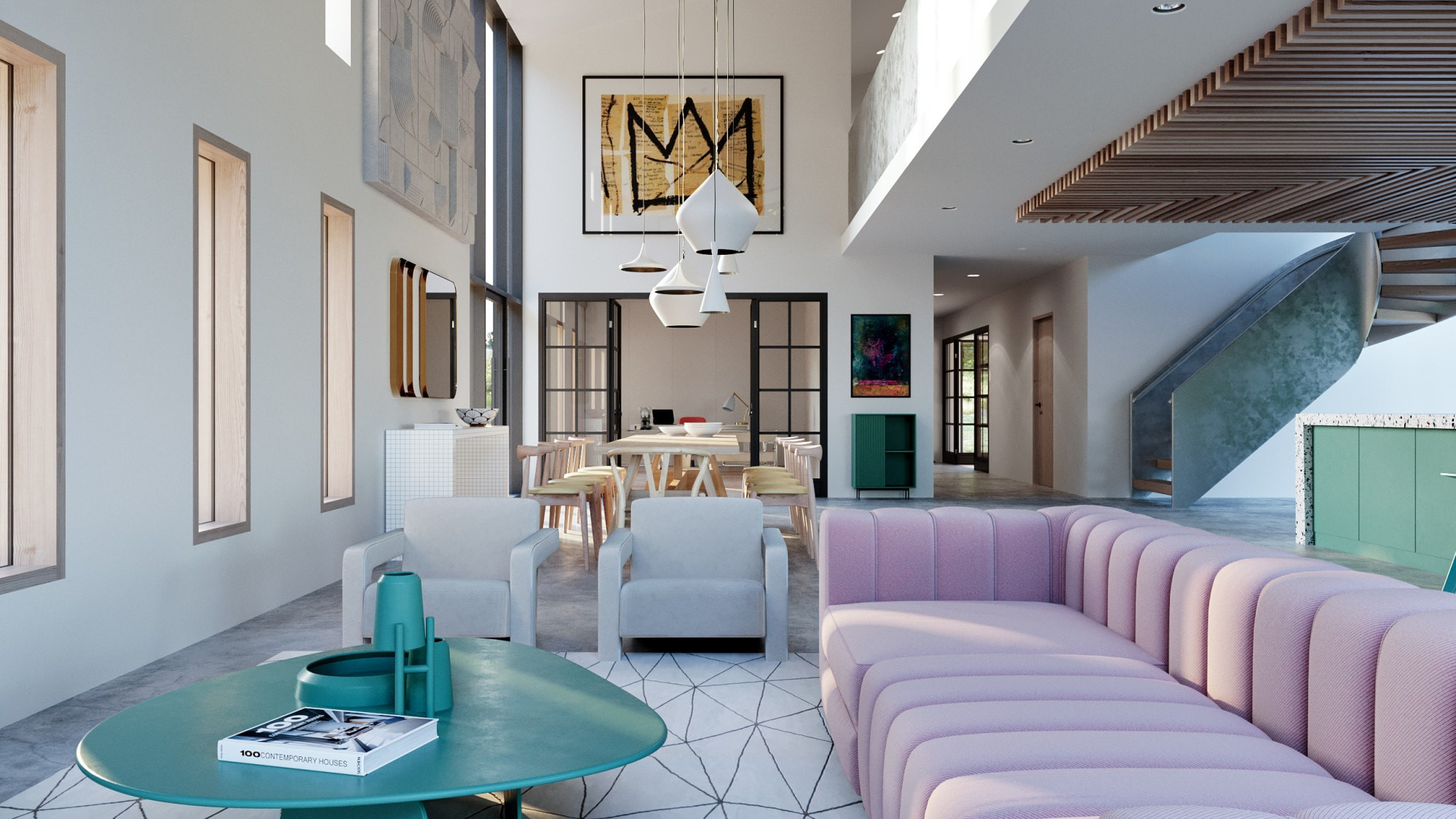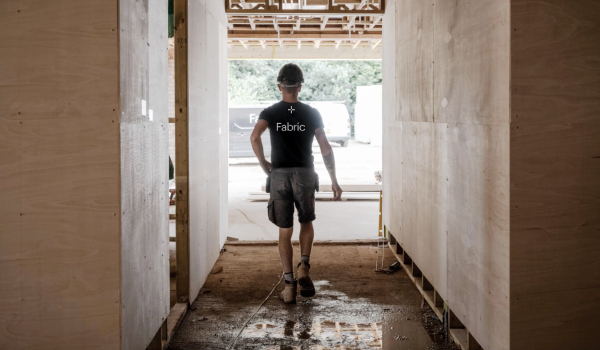 Back to Journal
Back to Journal

News - August 2023
Architectural Trends to Look Out for in 2024
If you’re exploring the opportunity to renovate, upgrade, or build your dream home, keeping abreast of the latest architectural trends is essential. Whether embracing sustainability or leveraging cutting-edge technology, these trends provide a roadmap for innovative and future-proof design. Understanding the architectural landscape and intricacies such as Permitted Development both inspires creativity and ensures a home that resonates with contemporary living.
In this blog we delve into key architectural trends, providing insights for those looking to create a modern yet enduring living space.
Trend 1: Bio-Based Architecture
With its extensive use of resources like metals and fossil fuels, construction plays a significant role in global emissions. Architects and designers all over the world are actively seeking more sustainable building models and materials, and exploring innovative ways to integrate renewable bio-based products into the industry.
This trend is setting the stage for a new era in design, where beauty meets sustainability, regenerative materials harmonise with traditional techniques, and today’s choices shape a sustainable future.
Trend 2: Carbon Neutral Buildings
An extension of bio-based architecture, the creation of homes and buildings with a reduced energy consumption and low carbon emissions is only gaining momentum. This involves designing structures that have a net-zero carbon footprint, balancing the amount of emissions with an equivalent amount of offset, such as through renewable energy sources like naturally available heat and light.
Carbon neutral buildings look to reduce energy usage in a number of ways. Energy efficient systems - heat pumps as opposed to furnaces or heaters, for example - are married to on-site renewable energy sources to produce as little carbon as possible. Solar power and wind power are both excellent ways to provide the needed energy to a home without adding to the building’s carbon footprint. Additionally, there is a requirement for extreme insulation and an effective ventilation system, circulating air without losing or gaining heat.
Trend 3: Urban Consolidation
While not a building trend per se, urban consolidation is still an important architectural factor of which to be aware.
By making better use of existing infrastructure and public services, urban consolidation promotes more efficient land use and reduced urban sprawl. This approach encourages the creation of:
- Multi-functional spaces
- Mixed-use developments
- Increased public transportation options
- Parks and other recreational community facilities
- Adaptive building reuse
With the rising demand for both housing and commercial spaces in urban centres, urban consolidation acts as a sustainable and efficient solution, balancing growth with environmental concerns.
Trend 4: The Integration of Technology and Smart Design
The rapid progression of technology is revolutionising the way houses function and people live.
For example, smart heating systems can learn personal preferences and adjust temperatures to optimise comfort and energy efficiency. Intelligent facades are being developed to respond to external weather conditions, adjusting shade and insulation to enhance sustainability. These advancements reflect a broader movement towards technology-enabled living spaces that not only elevate convenience, but also contribute to a greener and more interconnected future.
Fabric Design and Build: Your Experts in Creating Beautiful, Sustainable Homes
Passionate about creating beautiful, sustainable spaces, Fabric Design and Build architects oversee any project, from architectural design to interior design. We are based in Solihull, Birmingham, and provide a wealth of professional advice, bespoke architectural design, and high-quality builds.











